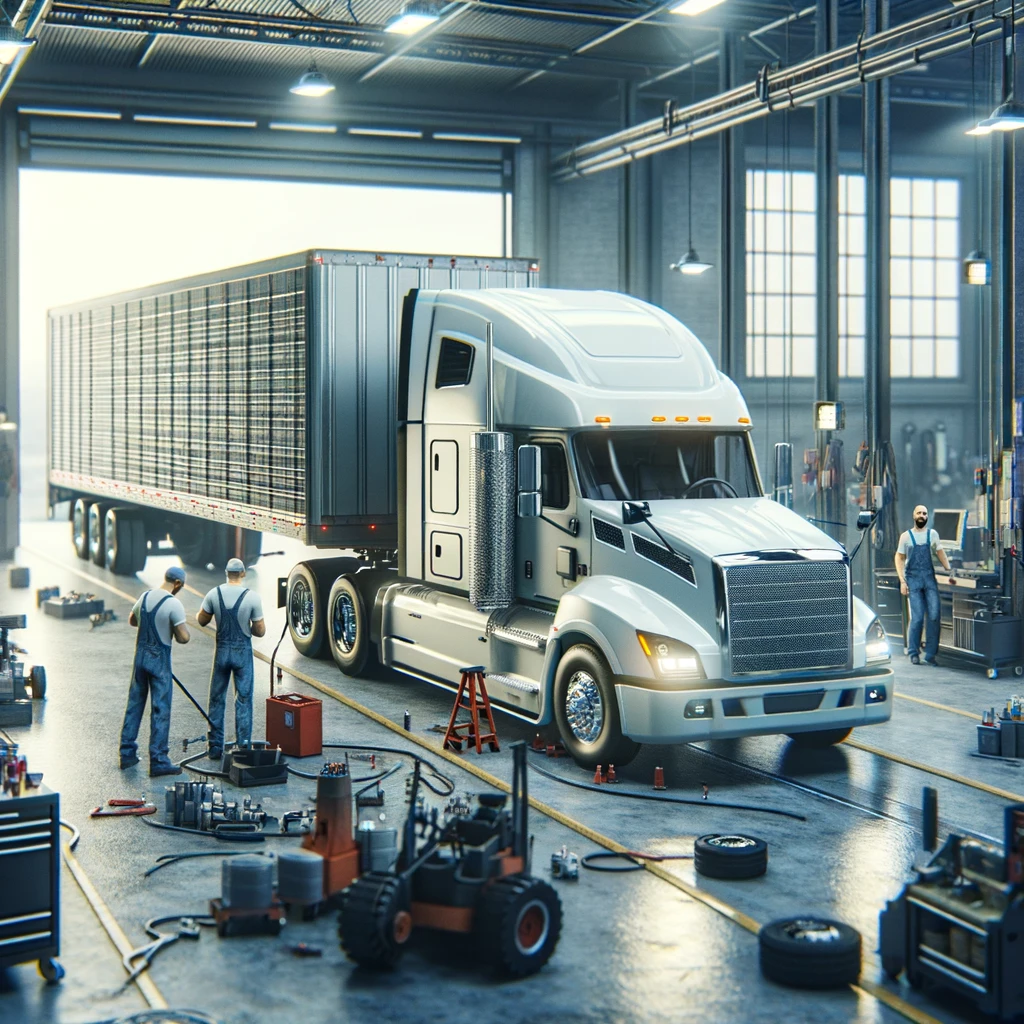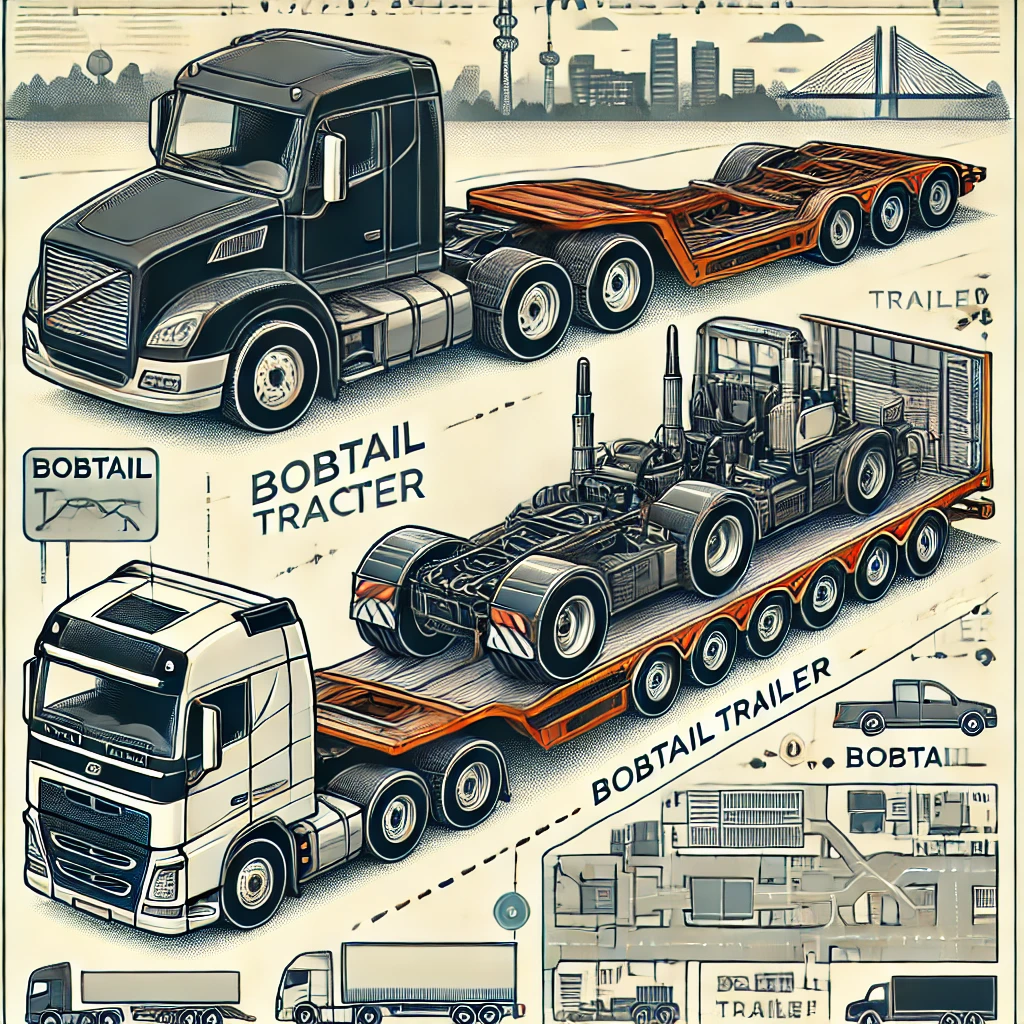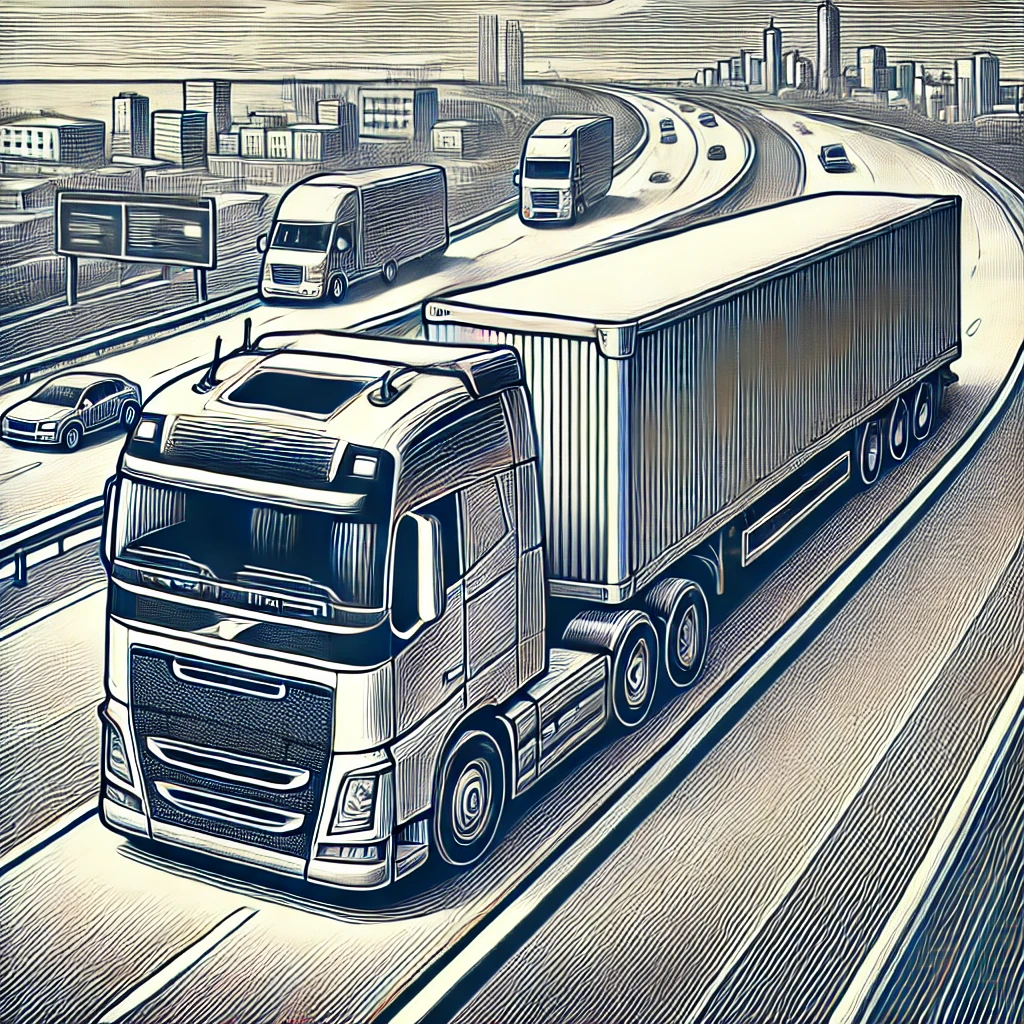Bobtail Tractors and Trailers: The Versatile Workhorses of the Trucking Industry

Understanding Bobtail Tractors
A bobtail tractor, often simply called a “bobtail,” refers to a semi-truck (tractor) that is driving without a trailer attached. The term “bobtail” comes from the appearance of the truck – much like an animal with a short, stubby tail.
Key characteristics of a bobtail tractor include:
- No attached trailer
- Shorter overall length compared to a full tractor-trailer combination
- Increased maneuverability
- Typically used for short-haul operations or when repositioning between loads
Uses of Bobtail Tractors
Bobtail tractors serve several important functions in the trucking industry:
- Repositioning: Drivers use bobtail tractors to travel efficiently between drop-off and pick-up locations.
- Urban Operations: The shorter length and increased maneuverability make tractors ideal for navigating city streets and tight spaces.
- Maintenance Trips: When tractors need servicing, they can easily travel to maintenance facilities without the added length of a trailer.
- Fuel Efficiency: Without the weight of a trailer, bobtail can achieve better fuel economy on necessary trips without cargo.
- Versatility: quickly adapt to different trailers and cargo types as needed.

Bobtail Trailers: A Different Perspective
While the term “bobtail” is most commonly associated with tractors driving without trailers, there’s another interpretation in the trucking world – the bobtail trailer.
A bobtail trailer, also known as a straight truck or rigid truck, is a single unit where the cargo area is permanently attached to the same frame as the cab. This is in contrast to the typical semi-truck configuration where the tractor and trailer are separate units.
Key characteristics of bobtail trailers include:
- Integrated design with cab and cargo area on the same frame
- Typically shorter than full tractor-trailer combinations
- Often used for local or regional deliveries
- Can be more maneuverable in urban environments than full semi-trucks
Bobtail Tractors vs. Bobtail Trailers
While both are referred to as “bobtails,” it’s important to understand the distinction:
A bobtail tractor is a semi-truck without a trailer, while a bobtail trailer is a single unit with the cargo area attached to the cab.
Bobtail tractors can attach to various trailers, while bobtail trailers have a fixed cargo area.
Bobtail tractors are often used for repositioning between loads, while bobtail trailers are typically used for specific, often local, delivery operations.
Both offer better maneuverability than full tractor-trailer combinations, but in different ways and for different purposes.

Challenges and Considerations
Both bobtail tractors and trailers present unique challenges:
- Reduced Traction for Bobtail Tractors: Without the weight of a trailer, tractors may have less traction on the drive wheels, potentially affecting handling.
- Limited Capacity for Bobtail Trailers: Compared to full semi-trucks, trailers generally have less cargo capacity.
- Specialized Training: Drivers may need specific training to handle the different driving dynamics of or trailers.
- Regulatory Considerations: There may be specific rules or restrictions regarding bobtail operations in some jurisdictions.
Bobtail Tractors and Trailers in the Modern Logistics Landscape
As the logistics industry evolves, the roles of and trailers are changing too:
- Last-Mile Delivery: With the growth of e-commerce, both and trailers are increasingly used for last-mile deliveries in urban areas.
- Intermodal Operations: play a crucial role in intermodal transportation, efficiently moving between different modes of transport.
- Flexible Fleet Management: The ability to use with various trailers allows for more flexible and responsive fleet management.
- Specialized Services: Some industries require the unique capabilities of or trailers for specialized deliveries or services.
Linbis: Optimizing Bobtail Operations
Recognizing the unique challenges and opportunities presented by bobtail tractors and trailers, Linbis has developed innovative solutions to optimize these essential vehicles:
- Real-Time Tracking: Linbis’s advanced GPS tracking system provides real-time visibility of bobtail tractors and trailers, enabling better route planning and reducing unnecessary miles.
- Smart Dispatching: By leveraging AI and machine learning, Linbis’s platform can intelligently match available bobtail tractors with nearby pickup locations or assign to appropriate delivery routes.
- Route Optimization: Linbis’s algorithms consider traffic patterns, delivery schedules, and vehicle specifications to suggest the most efficient routes for both bobtail tractors and trailers.
- Maintenance Scheduling: The system helps fleet managers schedule preventive maintenance during periods of low demand, minimizing downtime.
- Performance Analytics: Linbis provides detailed analytics on vehicle utilization, fuel efficiency, and driver performance, enabling data-driven decision-making for fleet optimization.
- Load Matching: For , Linbis’s system can help find suitable loads to minimize “deadhead” miles.
- Capacity Utilization: For bobtail trailers, Linbis can help optimize loading to maximize the use of available cargo space.

The Future of Bobtail Tractors and Trailers
As we look to the future, several trends are likely to impact bobtail operations:
- Electrification: With the push towards sustainability, we may see more electric bobtail tractors and trailers, especially for urban operations.
- Autonomous Technology: While fully autonomous trucks are still in development, bobtail tractors and trailers could be early adopters of this technology for specific use cases.
- Advanced Telematics: Expect to see even more sophisticated onboard systems providing real-time data on vehicle performance, driver behavior, and route efficiency.
- Modular Designs: Future bobtail trailers may feature more modular designs, allowing for quick conversion between different cargo configurations.
- Urban Logistics Hubs: The development of urban logistics centers could change how bobtail tractors and trailers are used in last-mile delivery operations.

Conclusion
Bobtail tractors and trailers, while often overlooked, play vital roles in the trucking and logistics industry. Their versatility, maneuverability, and efficiency make them indispensable for various operations, from repositioning between loads to navigating urban delivery routes.
Understanding the capabilities, challenges, and future trends related to bobtail tractors and trailers is crucial for anyone involved in trucking and logistics. As the industry continues to evolve, embracing innovative solutions like those offered by Linbis will be key to maximizing the efficiency and effectiveness of bobtail operations.
By leveraging advanced technology for real-time tracking, smart dispatching, and route optimization, companies can turn the challenges of bobtail operations into opportunities for improved efficiency and cost savings. As we move into the future, these versatile vehicles, backed by cutting-edge logistics technology, will continue to be crucial components in the ever-changing landscape of global transportation.

